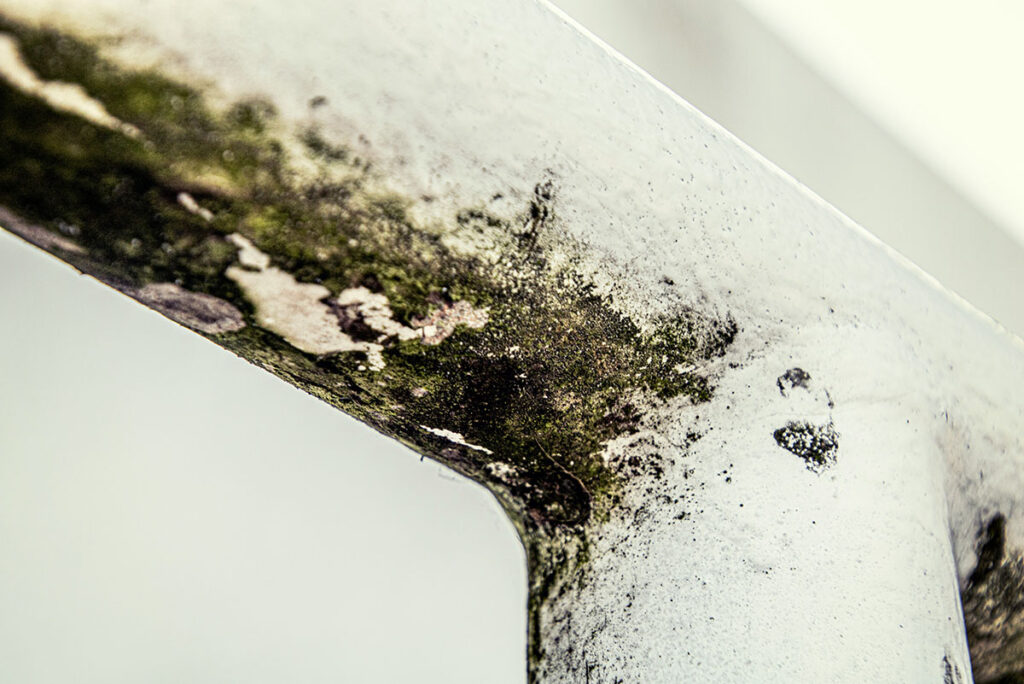EN 14412 Indoor Air Quality Microbial Sampling Testing
The European Standard EN 14412:2006, titled "Sampling and analysis of airborne micro-organisms in indoor air," provides a comprehensive framework for the testing, sampling, and analysis of airborne microbial contaminants. This standard is particularly relevant to facilities where maintaining high levels of indoor air quality (IAQ) is critical—such as hospitals, schools, offices, and other public buildings.
The primary goal of EN 14412 is to establish protocols that ensure accurate sampling and reliable analysis of airborne microorganisms. By adhering to this standard, organizations can minimize the risk of health hazards associated with indoor air contamination while also complying with regulatory requirements.
Sampling for microbial contaminants involves several critical steps:
- Preparation: The environment must be carefully prepared before sampling begins. This includes ensuring that all surfaces are clean and free from visible contaminants, and maintaining controlled temperature and humidity levels to prevent microbial growth.
- Sampling: A suitable sampler is selected based on the specific needs of the facility. These samplers can include impingers, settle plates, or Andersen impactors, among others. The sampler must be calibrated regularly to ensure accurate results.
- Transport and Storage: Samples are transported under controlled conditions to prevent contamination during transit. They should also be stored at appropriate temperatures until analysis begins.
- Analysis: Microbial samples are analyzed using various methods, including culture-based techniques and molecular biology approaches. Culture-based methods involve growing the sampled microorganisms on agar plates, while molecular methods use PCR or other technologies to identify specific pathogens.
The standard specifies detailed procedures for each of these steps, ensuring that tests are conducted consistently across different environments and facilities.
| Sample Type | Sampling Method | Recommended Use Case |
|---|---|---|
| Airborne Bacteria | Settle Plate Sampling | Hospitals, schools, and other environments where bacterial contamination is a concern. |
| Fungi | Impinger Sampling | Office buildings, libraries, and other areas with potential mold issues. |
| Viruses | Annealing followed by PCR analysis | Research facilities handling infectious agents or environments where viral contamination is a risk. |
The scope of EN 14412 covers the entire process from sampling to final interpretation, making it an invaluable tool for ensuring that indoor air quality meets regulatory and safety standards. By following this standard, facilities can improve their IAQ, reduce health risks, and maintain compliance with relevant regulations.
Quality and Reliability Assurance
- Calibration: All sampling equipment must be calibrated regularly to ensure accurate results. This includes checking the flow rate, volume of air sampled, and other critical parameters.
- Data Validation: Results from microbial tests should be validated against known standards to ensure accuracy and reliability. This may involve comparing findings with historical data or using established reference materials.
- Repeatability: Testing protocols must yield consistent results across multiple trials, ensuring that the facility's IAQ is stable over time.
- Inter-laboratory Comparisons: Regular inter-laboratory comparisons help to ensure that all participating laboratories are adhering to the same standards and producing comparable results.
These measures contribute significantly to maintaining the reliability and accuracy of microbial sampling tests, ensuring consistent quality across various environments.
Environmental and Sustainability Contributions
The application of EN 14412 not only enhances indoor air quality but also supports broader environmental sustainability goals. By reducing microbial contamination in the air, facilities can minimize the spread of diseases, thus contributing to public health and well-being.
Frequent monitoring and adherence to this standard can lead to a reduction in the use of antibiotics and other antifungal treatments, which are often overprescribed due to poor IAQ. This, in turn, helps to preserve natural resources by preventing unnecessary consumption of medical products.
Moreover, by ensuring that indoor environments remain free from harmful microbial contaminants, facilities can contribute positively to sustainable building practices. This aligns with the broader goals of minimizing environmental impact and promoting healthy living spaces for occupants.
Use Cases and Application Examples
| Facility Type | Testing Objectives | Potential Outcomes |
|---|---|---|
| Hospital | To minimize the risk of nosocomial infections. | Reduction in healthcare-associated infections and improved patient outcomes. |
| School | To ensure a safe learning environment for students and staff. | Better air quality leading to increased productivity among teachers and improved health among pupils. |
| Office Building | To maintain employee productivity and comfort levels. | Enhanced IAQ contributing to higher job satisfaction and lower absenteeism rates. |
In addition to these examples, facilities in other sectors such as hotels, shopping centers, and public transportation can also benefit from EN 14412 testing. These establishments often experience high foot traffic or constant occupancy, making them prime environments for microbial contamination.





